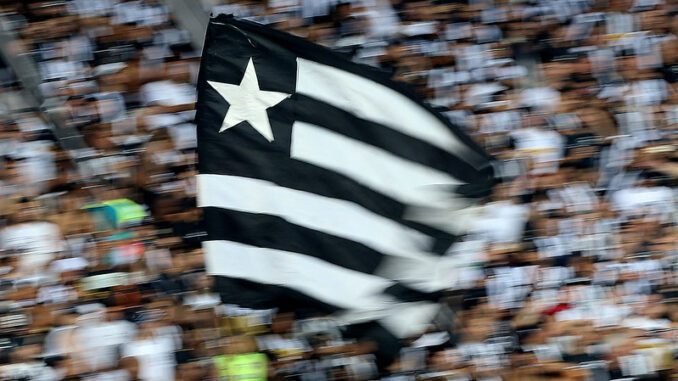
In the Duke’s defense, the melodramatics of hooking up with Dietrich wasn’t nearly as fair a fight as WWII or on par with the mundane marital bliss that others left behind. “When she came into Wayne’s life, she juicily sucked every last drop of resistance, loyalty, morality, and guilt out of him, and gave him a sexual and moral cleansing as efficiently done as if she were draining an infected sore,” wrote Marc Eliot, in American Titan: Searching for John Wayne. Again, this meant the war’s winning would have to be left to others. He fell madly in love and the possibility of losing her while away in service. Becoming entangled enough in an extramarital affair to make a complete sham of the original deferment, he boasted she was the best lay he ever had.
#WHERE DID JOHN SCIDA SERVE FULL#
But whatever pause the bright lights and big bucks gave, procrastination went full frontal after the Duke starred with Marlene Dietrich in Seven Sinners (1940). Others serving actors were Paul Newman, Kirk Douglas, and Clark Gable. Soon flying combat missions, he eventually made colonel and became a brigadier general after the war in the Reserves. Originally denied enlistment for being too light, he fattened up on candy, beer, and bananas and was the first Hollywood star to appear in stripes. Jimmy Stewart also sucked it up – even if he had to live it up first. Roberts (1955) and Midway (1976) did not suffer from the three years he served on the destroyer USS Satterlee where he was commissioned as a lieutenant junior grade in Air Combat Intelligence.

“I didn’t want to fight a fake war in a studio,” declared the well-known Hollywood liberal.

Wayne (born Marion Morrison) was also concerned that the war would age him out of high playing action roles once the fighting finally ended. Henry Fonda, on the other hand, paused his paychecks and wasn’t looking for theater in the global drama that was playing out across the world. So upping to A-movie pay was among the spoils he received in their absence.

And with a bevy of top-billed leading men doing their part, Wayne knew how valuable a commodity he was in Hollywood. The latter apparently provided a powerful disincentive. So his case for deferment was strictly on a temporary basis. For his part, Wayne wanted to do a few more movies to secure his future place in Hollywood and then sign up for the war that reached American shores in December 1941. That film also began a career of collaboration with John Ford, the iconic director who had his eye on Wayne since his days as a football player at USC and the numerous stand-in and stuntman roles he performed in previous westerns.Īt the time, the studio was adamantly opposed to Wayne for the role, but Ford’s casting obviously had prescience. John Wayne received a 3-A deferment from the draft for family dependency since he was a father of four and had just made Stagecoach (1939) as a then unknown actor. But if you’re a child of World War II, who reveled in the Duke’s onscreen heroics while welling up with pride, maybe there’s still some wiggle room to take solace in.

At least that’s what the aliens will think when they view the historical footage documented in old Hollywood reels such as the Sands of Iwo Jima (1949), Flying Tigers (1942), and The Longest Day (1962). No one was more a hero in World War II than John Wayne.


 0 kommentar(er)
0 kommentar(er)
